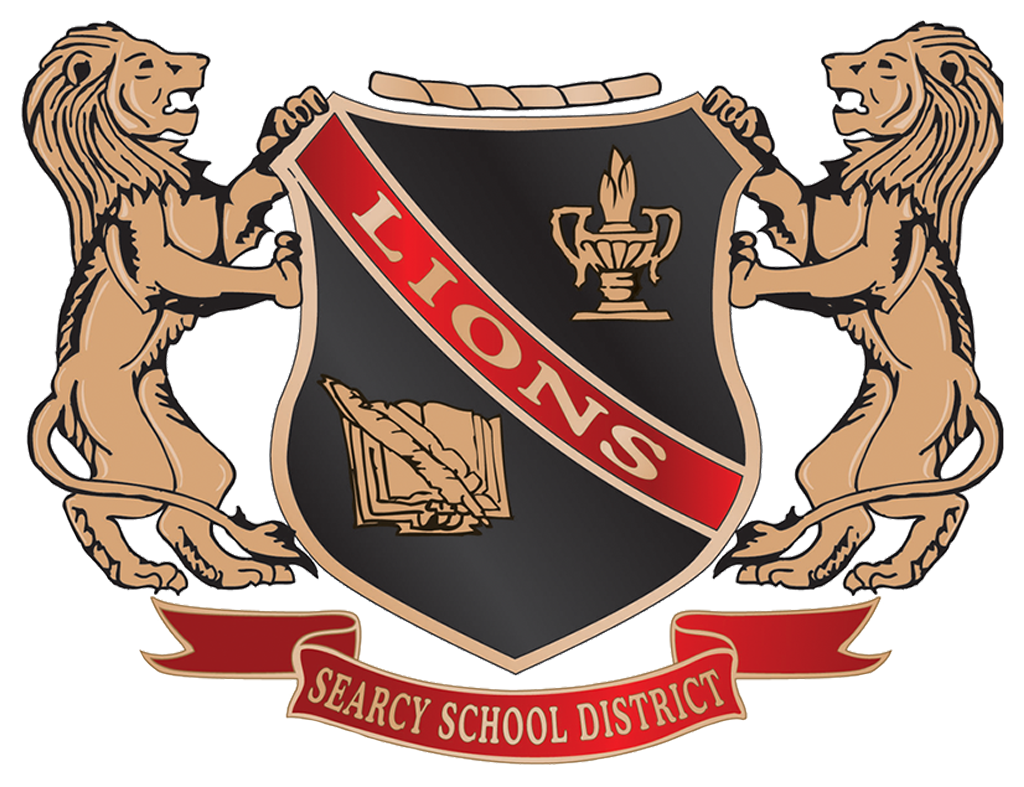Brief History of Searcy Public School District
White County, Arkansas, was created by an Act of the Legislature on October 23, 1835. The town of Searcy was born on November 23, 1837. Records testify that Searcy, seat of White County, Arkansas, has long been a center of education and culture. In the year 1851, the Searcy Male Academy was organized. It was conducted by school commissioners appointed by the "town counselors" until August 6, 1870, when the district was organized as Searcy School District No. 19. By Act 141 of the General Assembly of the State of Arkansas, effective April 5, 1905, Districts 19 and 104 were abolished and "School District of Searcy" was formed by the union of the two districts. Throughout the years, additional territory has been added to the original Searcy School District through the consolidation process. Searcy School District now comprises 162 square miles. The District operates 38 school buses, employs approximately 525 administrators, teachers, and staff members and has a total enrollment of over 4,000 students.
MISSION
Ensuring high levels of learning for all.
